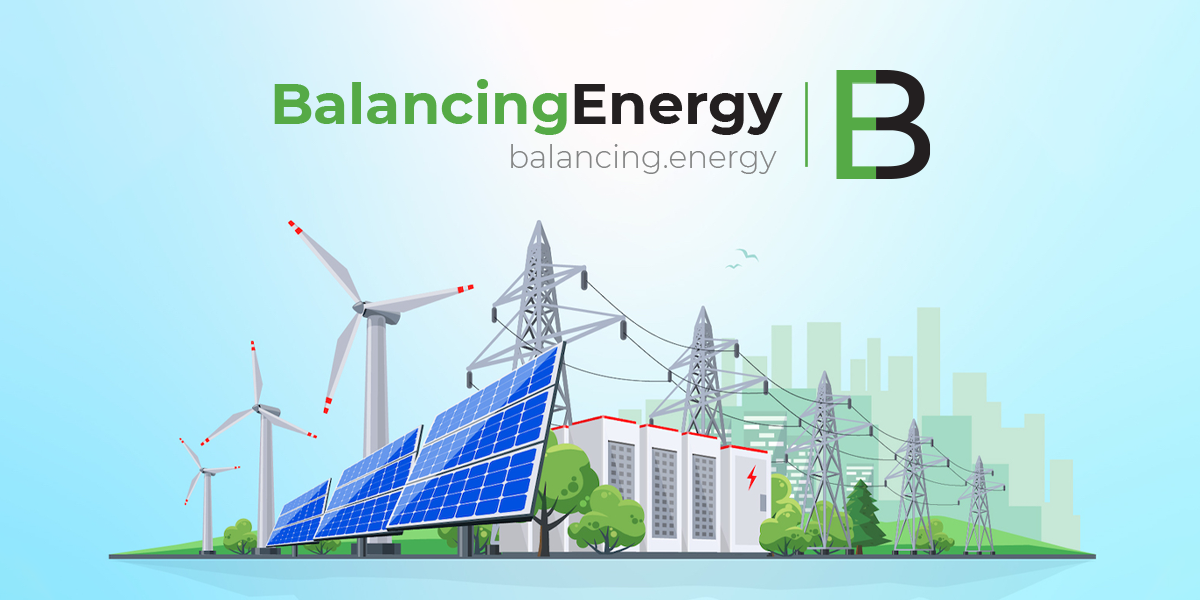By early March, Hungary’s total installed solar power capacity had grown to 7,831 MW, further strengthening the country’s ability to meet energy demands exclusively from carbon-free sources. This achievement is driven by the rapid expansion of solar energy and the steady contribution of Hungary’s only nuclear power plant, Paks.
On 18 March, Hungary reached new milestones in green energy production. According to data from electricity transmission system operator MAVIR, industrial solar facilities generated a record-breaking 3,747 MW. When combined with household and self-generating solar systems, total solar output reached an unprecedented 6,178 MW.
This marked the first time solar generation surpassed 6,000 MW in a single day, underscoring the increasing efficiency of the country’s solar infrastructure. Industrial solar plants, with a total capacity of 4,389 MW, supplied electricity equivalent to 84% of the gross system load during peak demand hours.
Hungary had initially set a target of 6,000 MW of installed solar capacity by 2030, a goal that was already exceeded last year. In 2023, solar power accounted for a quarter of the country’s electricity production—the highest share in Europe. With Paks NPP providing stable baseload power, Hungary is becoming increasingly self-sufficient in carbon-free electricity generation, even producing surplus energy for export.
The number of solar power plants, including industrial-scale facilities, surpassed 300,000 in February, with household solar installations expected to reach this milestone by March. As capacity continues to expand rapidly, new records in solar energy production are anticipated in the coming weeks and months.










